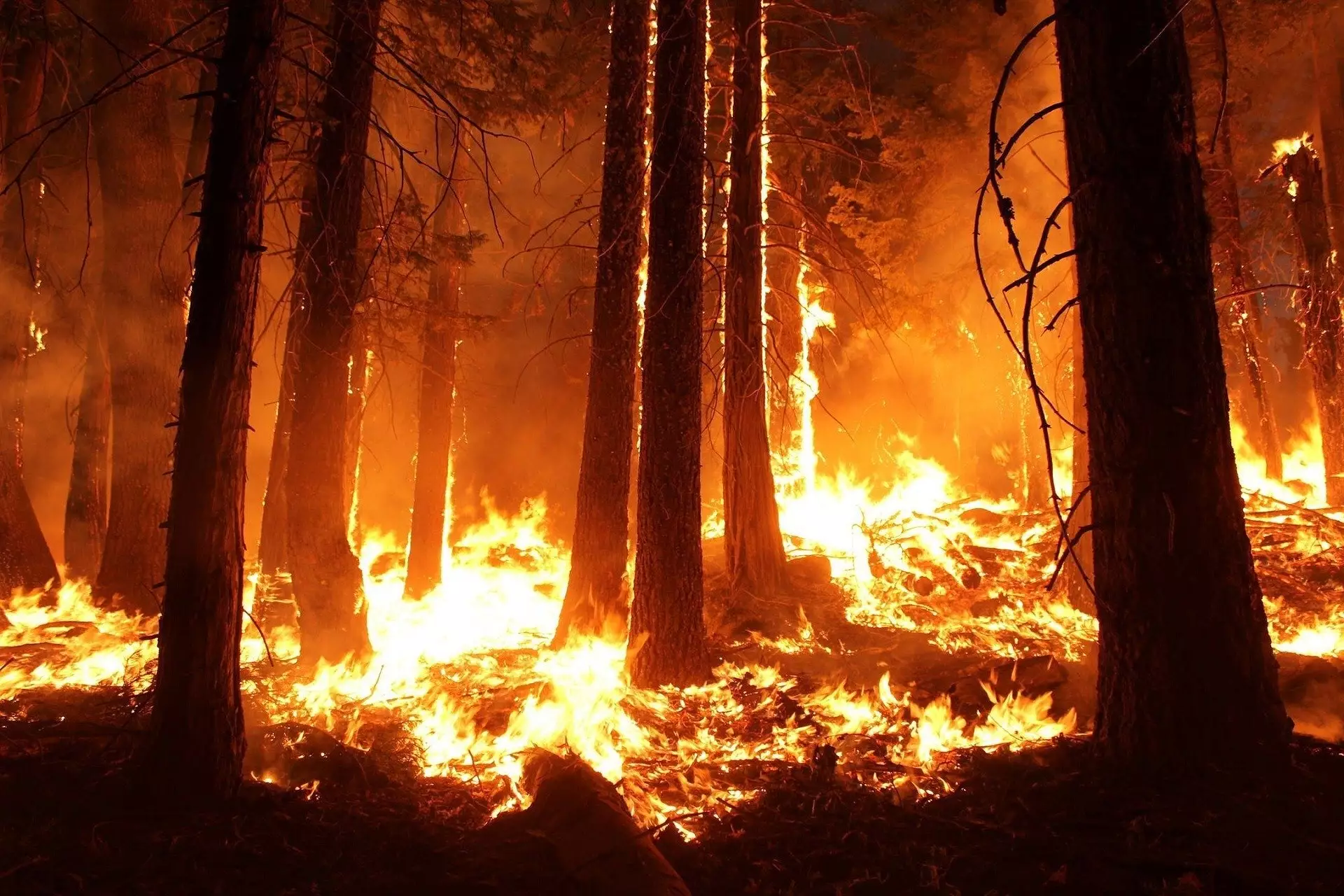Forest fires have emerged as a pivotal concern in discussions surrounding climate change, affecting ecosystems and contributing to global warming. A recent comprehensive study featuring over a decade of satellite data, published in *Nature*, sheds light on the correlation between the rising frequency and severity of these fires and corresponding land surface warming. This analysis reveals disturbing trends, particularly in regions such as the western United States and eastern Spain, where fire events have dramatically multiplied in frequency and intensity. By focusing on the aftermath of these disastrous events, researchers like Chao Yue and team have uncovered insights that may redefine our understanding of climate dynamics exacerbated by forest fires.
From 2003 to 2016, the research team meticulously examined satellite data from temperate and boreal forests situated between 40° N and 70° N latitudes. Their findings indicate a consistent pattern of warming one year post-fire, which aligns with previous studies. However, the true complexity emerged from their mathematical model, which revealed that larger fires were significantly correlated with more intense surface warming across North America and eastern boreal Asia. This breakthrough highlights that the size of forest fires is a crucial variable that influences not just immediate ecological impacts, but broader climate patterns as well.
The increase in forest fire size concurrently leads to a stark reduction in vegetation cover. The study identified that following a fire event, there was a notable decrease in both evapotranspiration and surface reflectivity. These changes indicate that the land post-fire is absorbing more solar radiation while releasing less moisture into the atmosphere, effectively creating a feedback loop that exacerbates warming. As ecosystems struggle to recover, the land becomes increasingly vulnerable to the effects of heat retention, which can lead to a further destabilization of its ecological balance.
Interestingly, the accelerated surface warming effect was not uniform across all regions. Areas like western and central Siberia, as well as eastern Europe, did not exhibit the same pronounced warming effects. The presence of mixed forests and a significant number of broadleaf trees in these regions may play a crucial role in mitigating the warming effects attributed to forest fires. This raises an important question about forest management practices: Could increasing the proportion of broadleaf trees in various forest types serve as an effective strategy for counteracting the post-fire warming?
Despite the compelling findings, the study emphasizes the need for further research to genuinely understand the dynamics at play, especially concerning broadleaf trees and their potential role in climate mitigation. Insights gained from this investigation could inform fire management strategies and forest conservation efforts, promoting a more comprehensive approach to combating climate change. As we confront the growing threat of forest fires, recognizing their multifaceted impacts on our environment will be critical for shaping effective policy and advocacy for sustainable ecological practices.


Leave a Reply